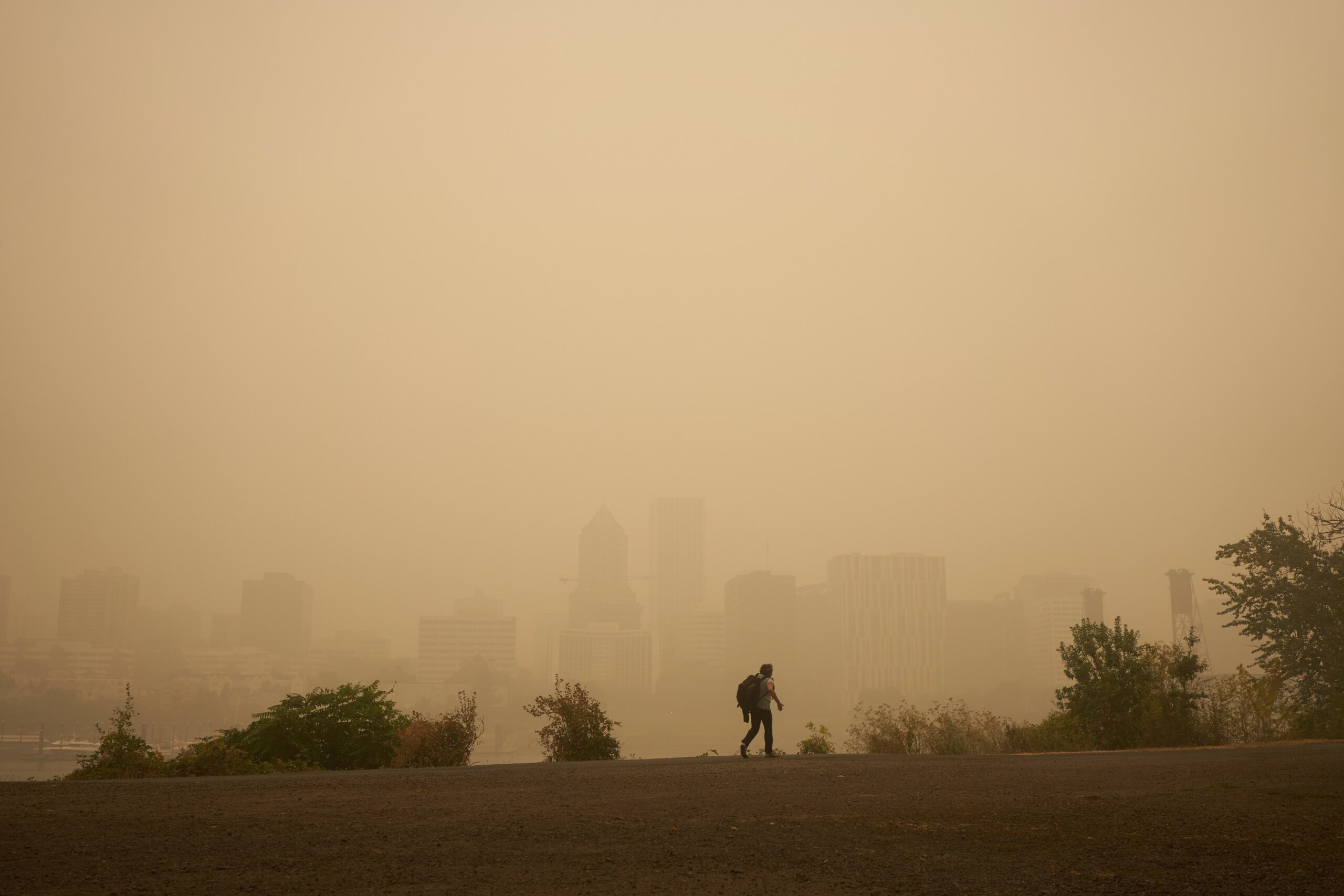
Heavy Rain, Flooding, and Chance of Severe Weather Staring Down the Southern U.S.
January 22, 2024
Posted: August 2, 2023 3:00 pm





Millions of Americans noticed the return of the smoke in a large area of the northern U.S. on Tuesday, stretching from Michigan through Maryland. The smoke is coming down from the wildfires that are burning in the central portion of Canada.
It has been a record-breaking wildfire season in Canada with nearly 30 million acres of land already scorched. As a result of the fires, smoke continues to filter down into the U.S. at regular intervals, depending on the weather patterns and direction of the winds.
The worst of the smoke is forecast to remain entrenched over Canada, hitting the province of Ontario and Manitoba particularly hard. However, some of the smoke and haze will move across the border into the Great Lakes and beyond.
Forecasters are warning that the smoke may waft as far south as North Carolina and as far to the east as Delaware. Potential cities in the path include Detroit, Pittsburgh, Washington, D.C., Philadelphia, and New York City.
The severity of the situation is not expected to be as widespread and debilitating as the wall of smoke that infiltrated much of the eastern U.S. to start the summer. This week’s smoke event will primarily translate to hazy skies that deliver colorful sunrises and sunsets.
However, sensitive groups may be negatively impacted by the smoke as air quality index ratings are expected to climb. Even healthy individuals not typically impacted by the smoke may experiencing difficulties breathing if they spend too much time outside.
It is always a good idea to check the air quality forecasts in your area before heading outside, especially if you know that you or a loved one are susceptible to the impacts. Closing windows and doors, reducing time spent outdoors, and wearing an N95 mask are all smart precautions to take.

There is a scientific reason that points to the expectation of a less severe invasion of smoke this time around. Smoke that is circulating higher in the atmosphere will have a more difficult time reaching ground level.
This is in contrast to the event in late June when more than one-third of Americans were under air quality alerts at one time because of the severity of the smoke.
In addition, the worst fires in Canada are now burning farther away than the blazes that were impacting the country in late June. This means that the smoke particles will have more time to disperse and waft upward before reaching the U.S.
As a result, Americans can take heart in knowing that it is not likely to bring the same impacts as the apocalyptic conditions of last June.
Forecasters are also offering optimism that this wave will not last as long as the previous stints with the smoke. The winds coming out of the northwest will likely keep the smoke across the Great Lakes and beyond through Thursday.
However, a storm system moving through the region will work to wash out most of the lingering smoke and haze.
That said, you cannot count on the smoke staying away for long. The long-range forecast is not offering substantial hope that the wildfire season will wrap up anytime soon in Canada. This means that the smoke will continue to be a threat to the U.S. in the weeks to come. The most likely targets of this smoke in the U.S. will be the northern Plains stretching to New England.
Did you find this content useful? Feel free to bookmark or to post to your timeline for reference later.

January 21, 2024

January 19, 2024

January 18, 2024